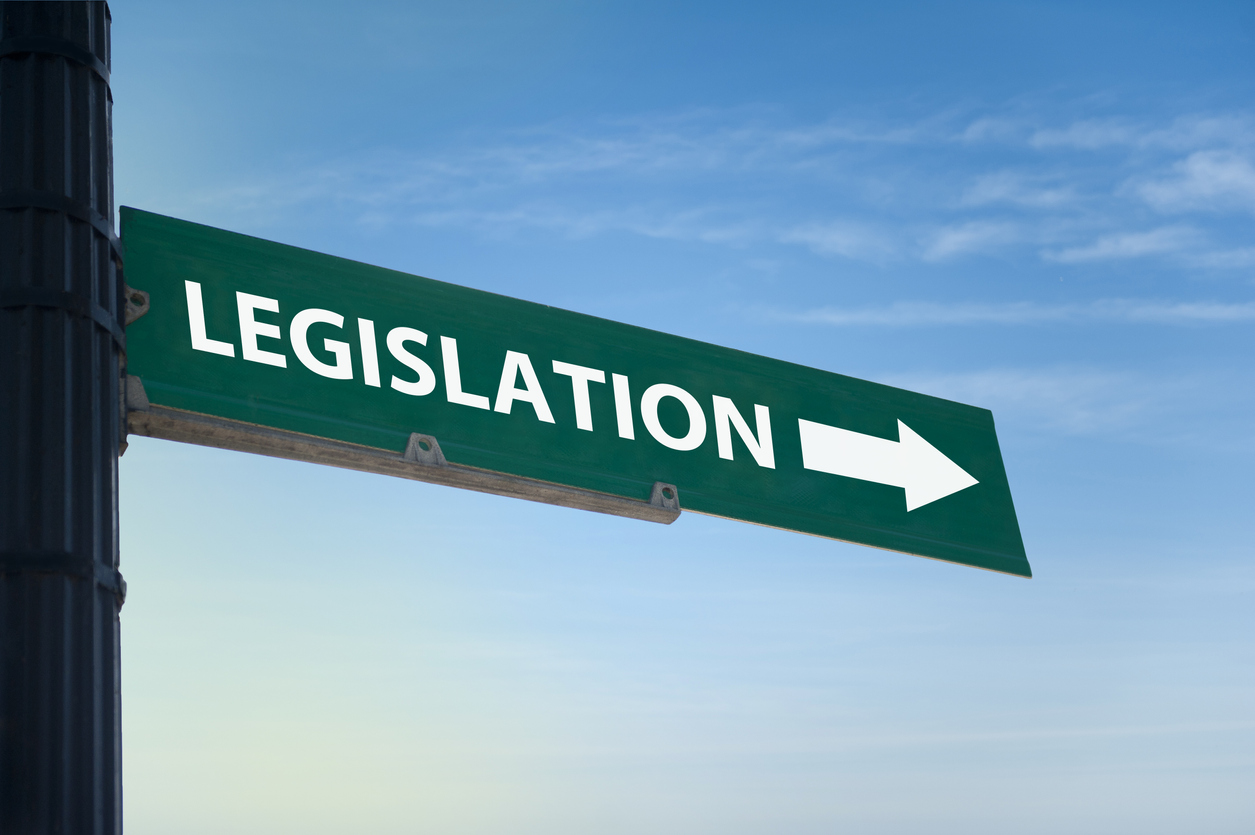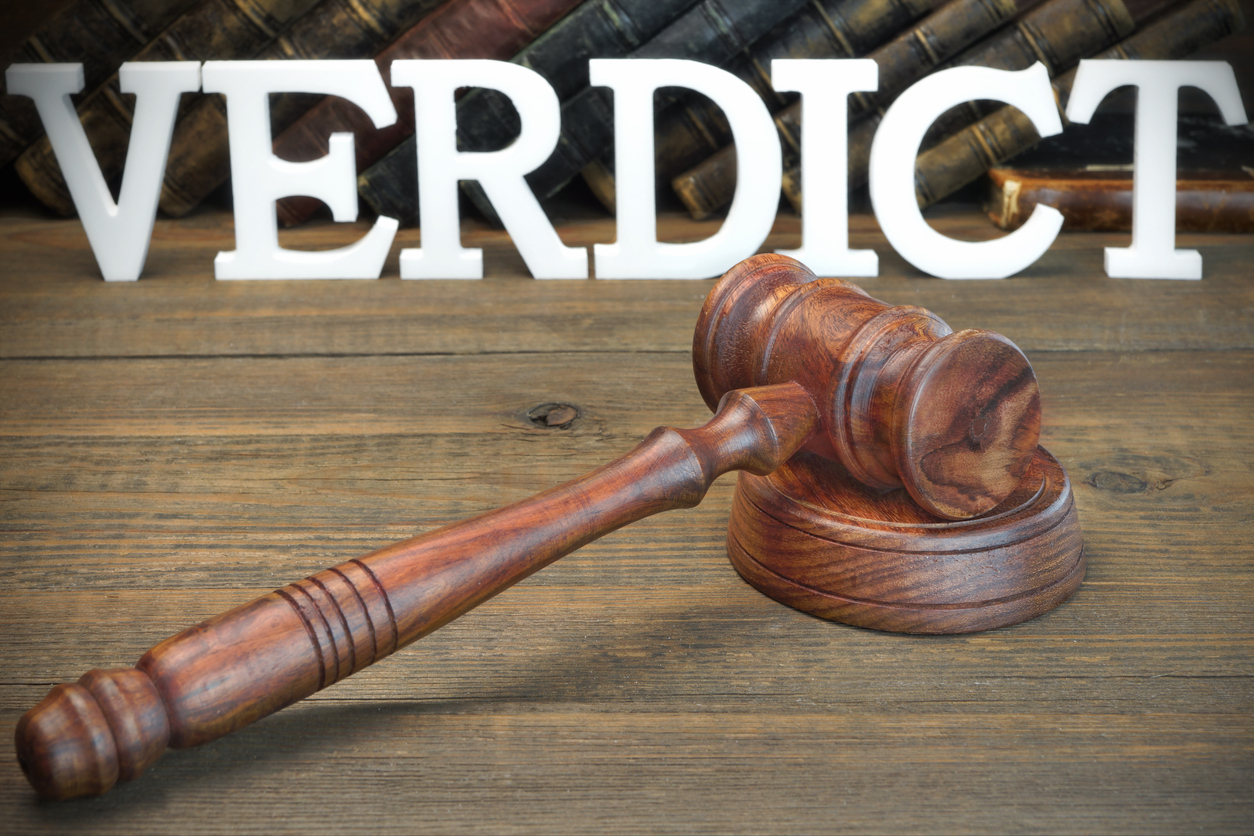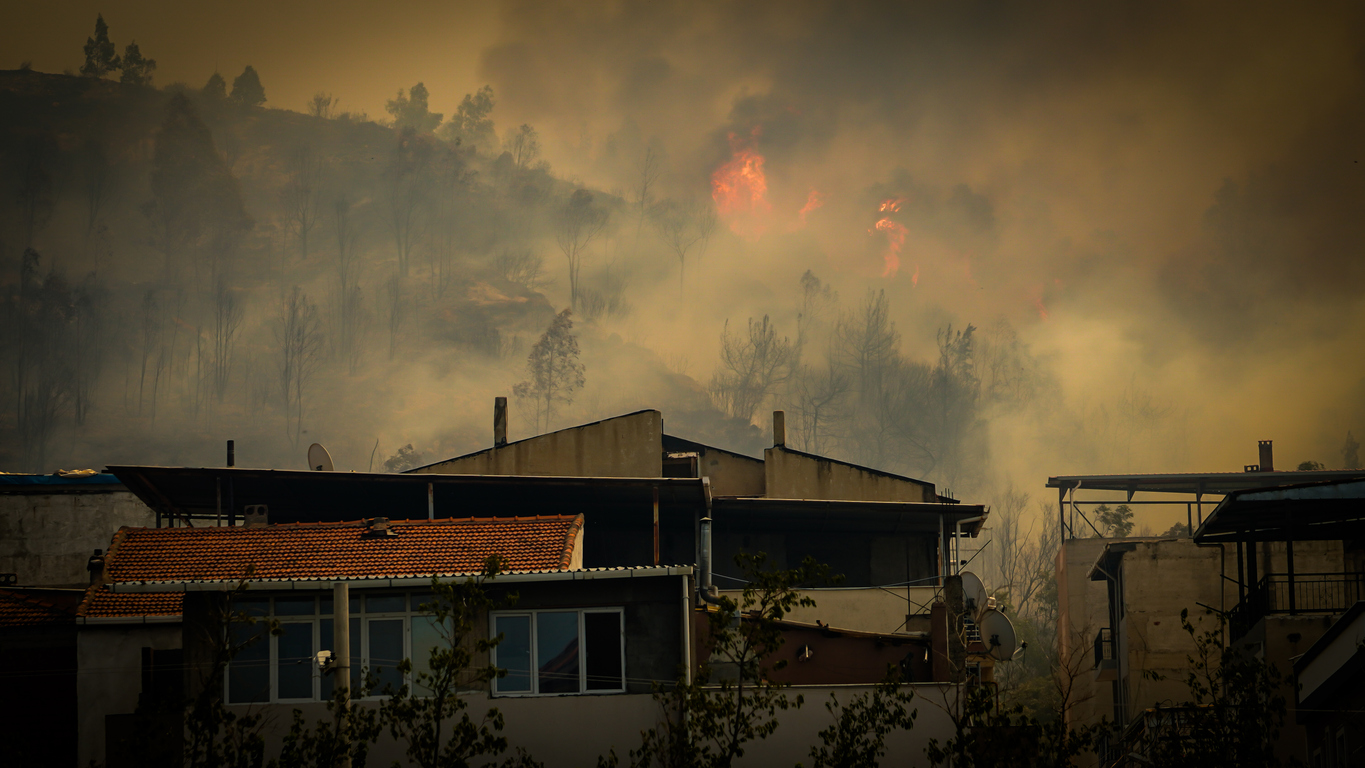On Sunday, Denver Post business section writer, Steve Raabe, published a good article discussing the obstacles homeowners face when they attempt to use their insurance coverage proceeds to rebuild their home.
If Boulder’s 2010 Four Mile Canyon fire is any indication, far less than half of the High Park and Waldo Canyon fire victims will rebuild. Indeed, two years after the fire, only 38 percent of Four Mile Canyon fire victims have pulled permits to rebuild.
Why?
The question is an important one, given the devastation to these communities and the implications the answer may have on businesses, nearby home values, the construction industry, and insurance regulations.
Do insurance companies encourage policyholders to take only the lesser cash value, rather than the full value of the replacement cost policy they paid for?
Most homeowners request and pay for a Replacement Cost Value (“RCV”) policy. The RCV policy costs significantly more in premiums than an Actual Cash Value (“ACV”) policy; however, the policyholder should (in theory) get what they paid for. In exchange for higher premiums paid, the RCV policyholder is supposed to receive insurance proceeds sufficient to cover the costs of fully rebuilding the house they had prior to the fire.
However, as the Denver Post article points out, policyholders face significant obstacles if they wish to rebuild. Most notable, is the fact that even if the insurance adjuster agrees on the cost to rebuild the house, the most the policyholder will receive in upfront payments is the ACV, i.e., the replacement cost, less depreciation. If the house was older, the adjuster may apply significant depreciation, leaving the policyholder with insufficient funds to hire a contractor, architect, and/or pay for permits. Under almost every RCV homeowner’s policy, the insurer will NOT pay the depreciation holdback until after all rebuilding is complete.
As a result, the policyholder is left to bridge the gap between the insufficient ACV insurance check they are holding, and the amount actually needed to hire a contractor, an architect, and/or pay for permits. Without a loan, many policyholders can’t accomplish this.
Add to the above obstacles the fact that most victims of wildfire are emotionally devastated– and between work, family, and tight finances, may not have the stamina to fight with their insurance adjuster, apply for a loan, and shop around for architects and contractors willing to start a rebuild on a shoestring budget.
Add the stress of having to complete the repair/rebuild within 180 days of the ACV payment, or policy provisions requiring that all replacement work be completed within two years of the date of loss, and even the heartiest homeowner may throw in the towel.
At this critical juncture, adjusters offer policyholders the ACV check, and many policyholders accept this lesser amount and quietly move on—to an apartment or to live with family, or some other choice other than rebuilding their house.
In many ways, paying out the lesser ACV insurance proceeds on an RCV policy is a windfall for insurance companies. Indeed, the insurer rakes in the higher RCV policy premiums for years from the policyholder—but when total home loss actually occurs, the insurer never has to pay out the full value of the RCV policy. The insurer keeps the difference, likely as additional profit.
The 38% rebuild rate from the Four Mile Canyon Fire should be a wakeup call to legislators—especially those that represent the High Park and Waldo Canyon constituents. Valued Policy Laws should be given serious consideration. Paying the full policy value to the policyholder upfront would likely result in more rebuilding, infusion of cash into the local economy, more hiring of contractors, and more rebuilt communities.



